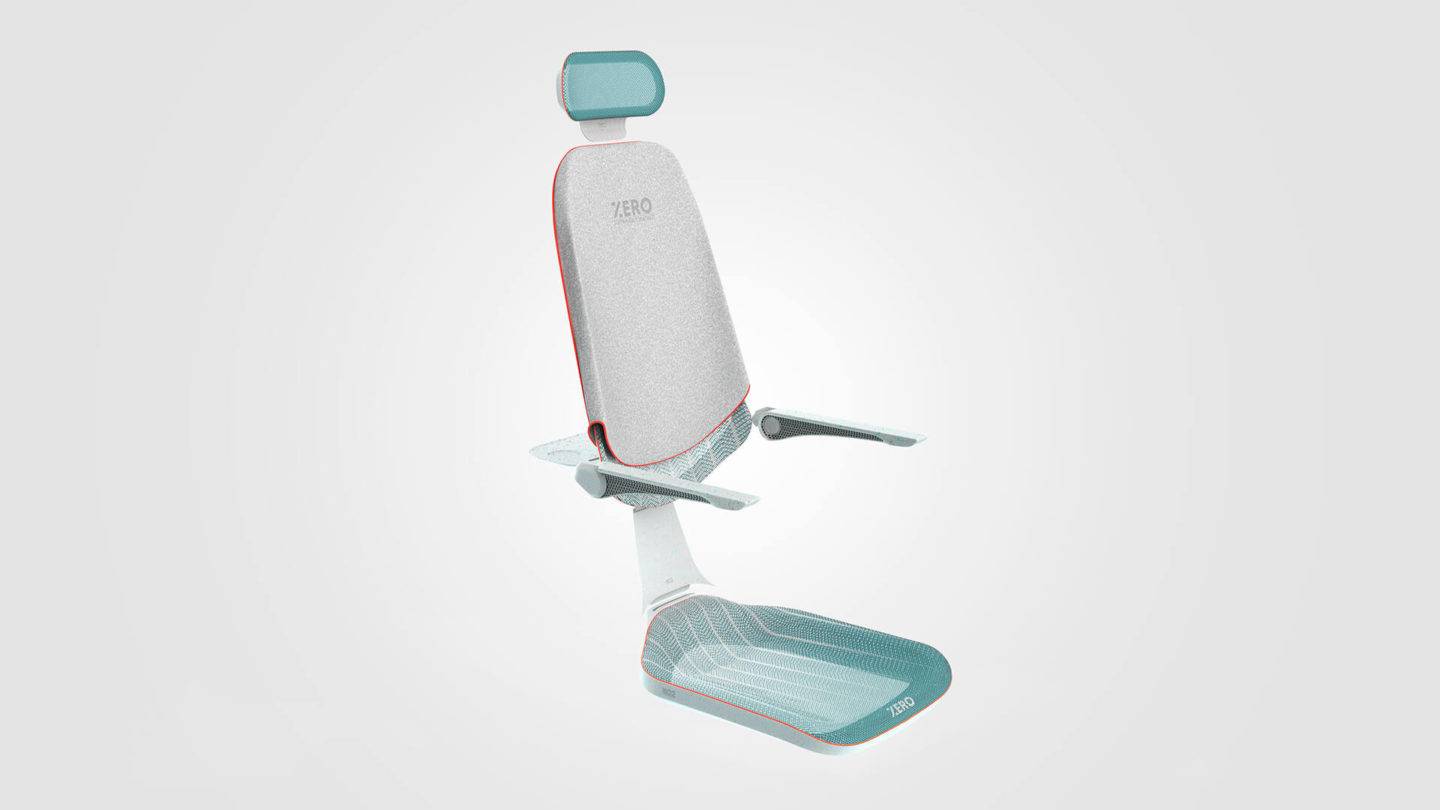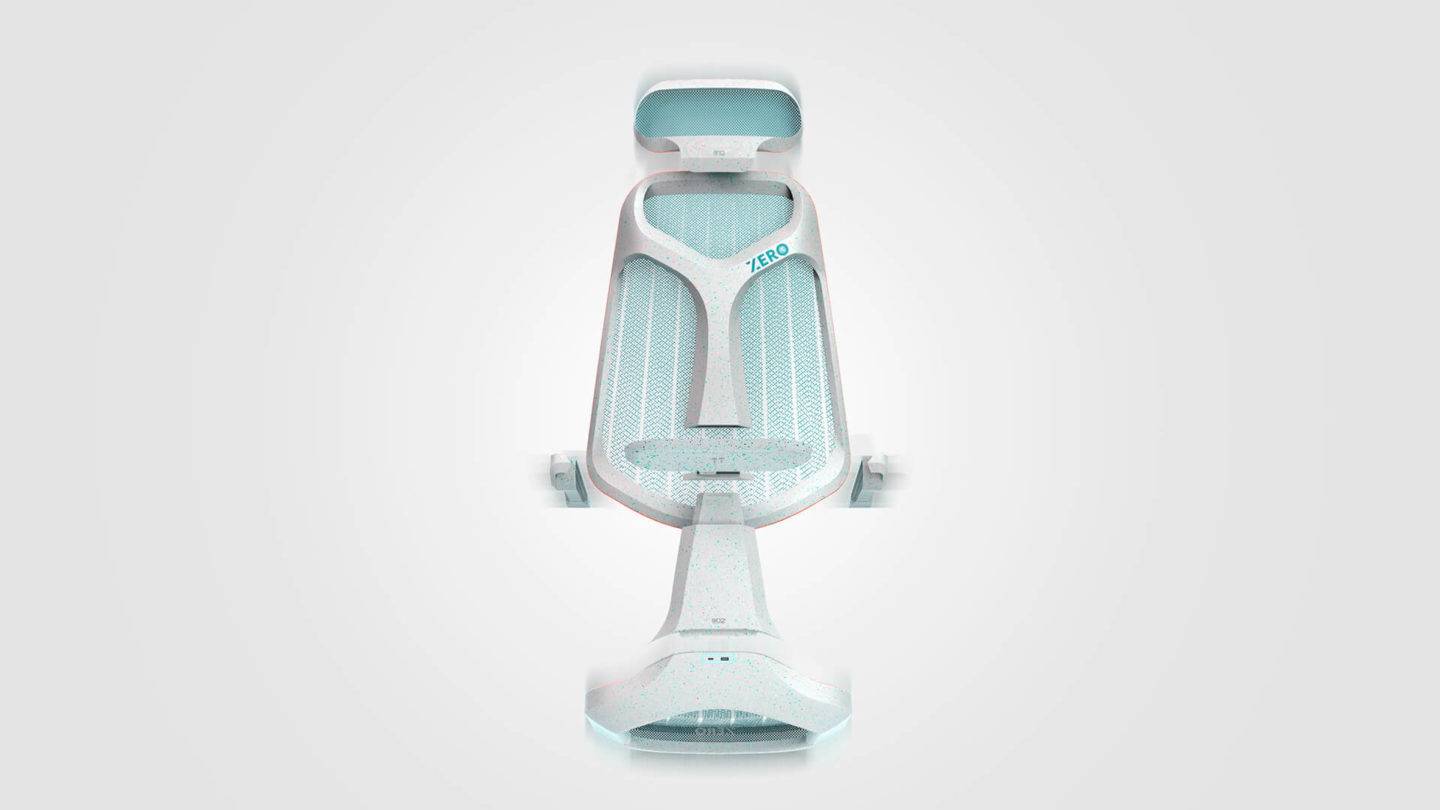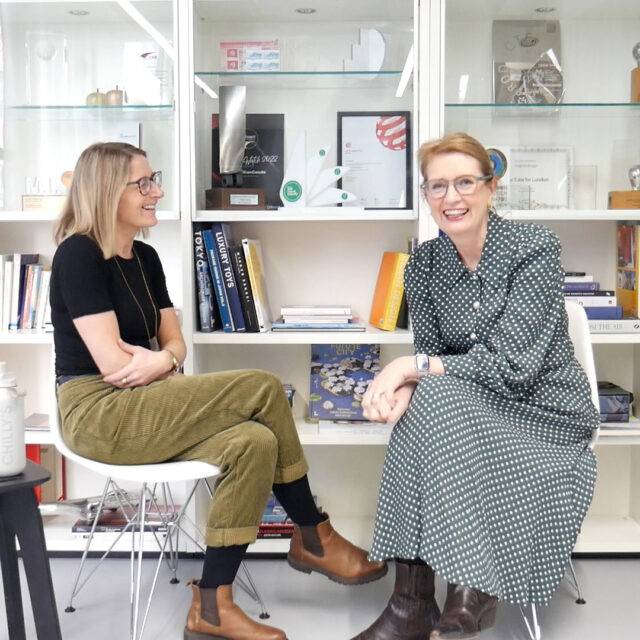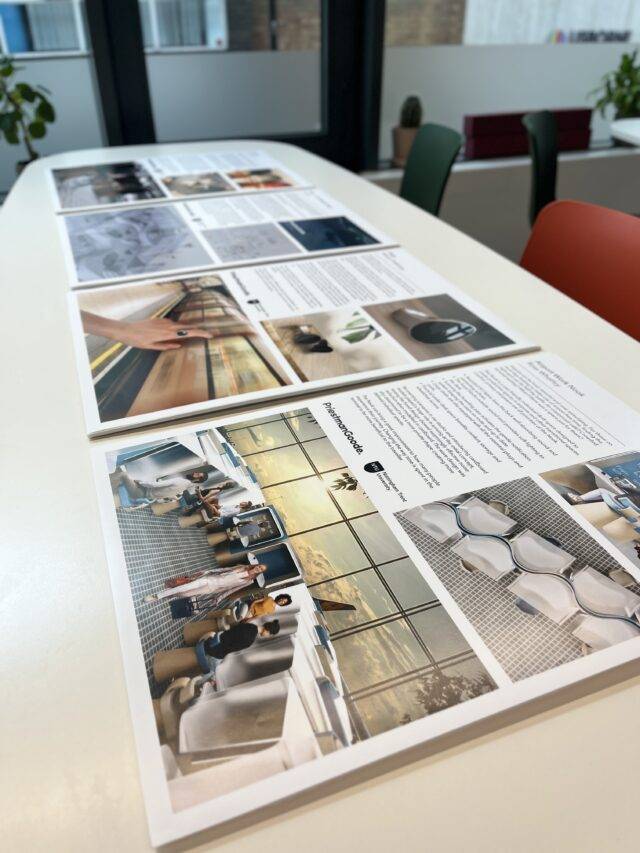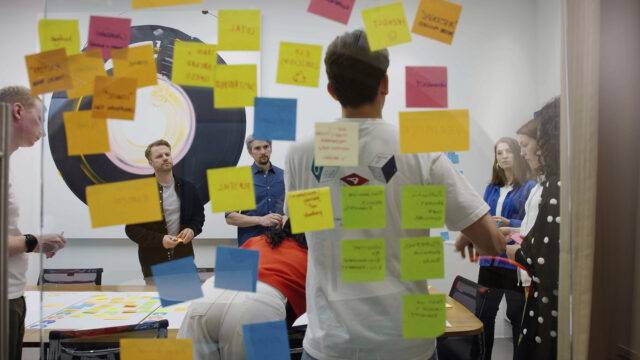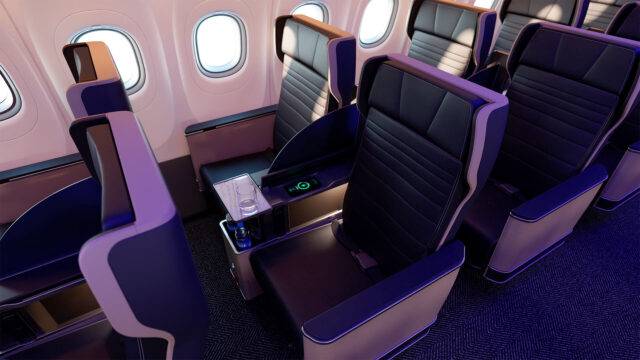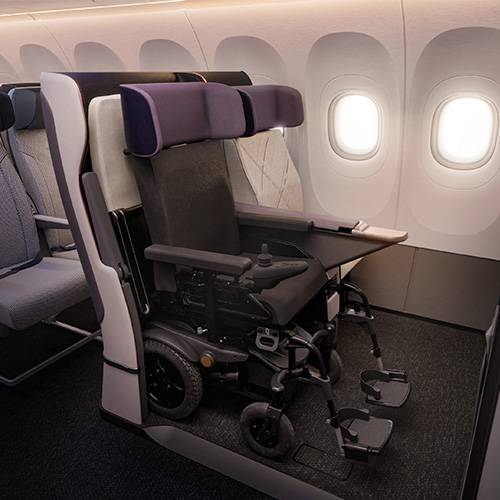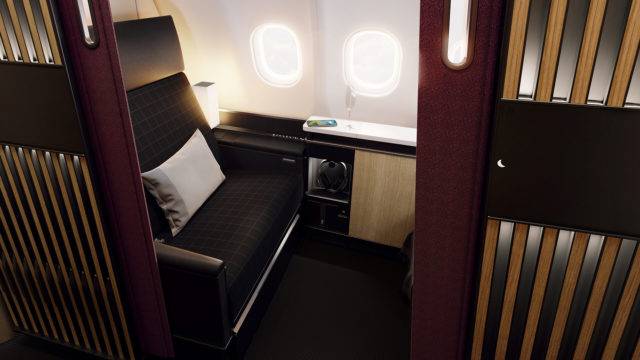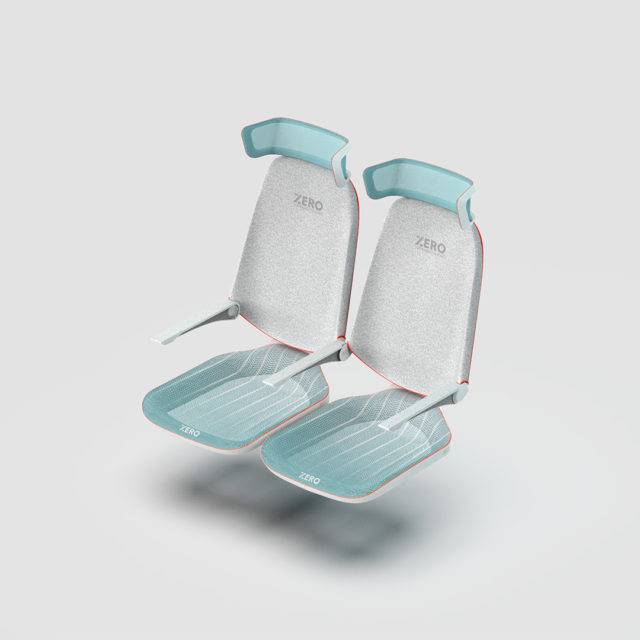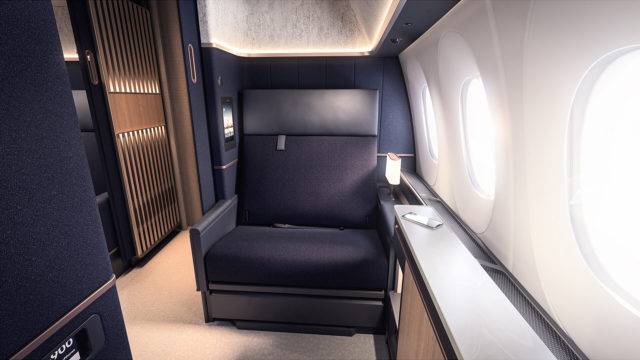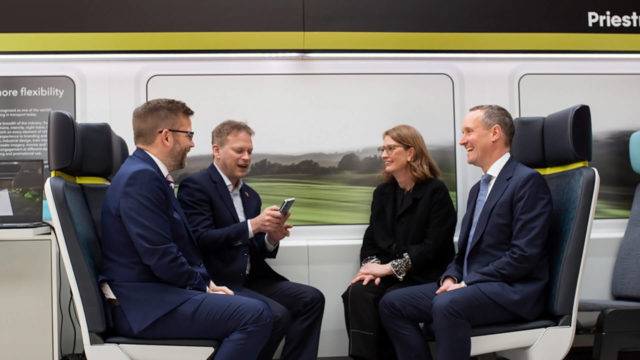
A holistic vision for sustainable rail interiors
PriestmanGoode has unveiled Green Carriage, a collection of design strategies to drive change across rail interiors – with a goal of more sustainable outcomes. Promoting reductive, modular and circular approaches to design, Green Carriage takes a holistic view across the interior of passenger rail transport – including the digital journey – and considers flexibility to support evolving patterns of travel.

“Rail already has strong credentials for sustainability, with lower emissions compared to other modes; and rolling stock has always been built for longevity. So rail stands to benefit from passengers’ increasing awareness of their carbon footprint when planning journeys. However, there’s a divide in expectations, typically between cost and the experience and this acts as a barrier to more passengers selecting rail,” said Jo Rowan, Associate Director of Strategy at PriestmanGoode.
“What we asked in this project is: what can design do to address these barriers, improve passenger experience and ultimately get more people on board?”


Green Carriage takes a reductive approach to seat design, with super-light and skeletal components and a modular approach to construction.
“We’ve designed a kit of parts that works as a system,” added Rowan “This is not only efficient for manufacture and maintenance, it also enables different zones to be created within the train, built from different combinations of the kit. We see a movement from carriages designated by class, to zones that passengers select according to the scenario of their journey or the experience they prefer.”
The seat system allows all passengers to make the most of their time onboard whether that is for work, relaxation, privacy or specific accessibility requirements. Elements build from a simple stool to an enclosed, high comfort booth. The system also considers what passengers bring on board – such as bikes and scooters, to help them with greener options for the first and last mile of journeys.
The second focus of Green Carriage is enabling circularity, using waste materials that can be recycled infinitely. The features include: lightweight mesh fabrics derived from recycled materials and a sleeve cover concept using natural undyed natural textiles for added comfort. Elements are tagged with a system that facilitates traceability to ensure information for recycling is readily available when materials reach the end of their useful life. In addition to the seat system, Green Carriage also pushes boundaries for greener systems and processes across the entire interior, rethinking what a future interior can be. The team questioned every detail from how branding is applied to avoid weight and waste, how digital can influence and incentivise greener behaviours, plus ways in which the carriage can contribute to energy generation – as one of many additional features.
“Whilst acknowledging that fully sustainable materials and processes are at varying stages of readiness today, there’s no time for complacency,” concludes Rowan, “Green Carriage is a set of ideas that create a map for taking the green route, with an emphasis on urgency and the need for close collaboration. In particular, procurement timelines need to allow for development of these new materials and their certification.”
“In parallel, we’ve been applying the same approach with our clients in aviation as seen in our Green Cabin concept. Whilst applying our established toolkit of Reduce.Reuse.Rethink to achieve a true planet-centric design, we recognise that we need to start by making experiences better for people and that will ultimately drive behavioural change.”
